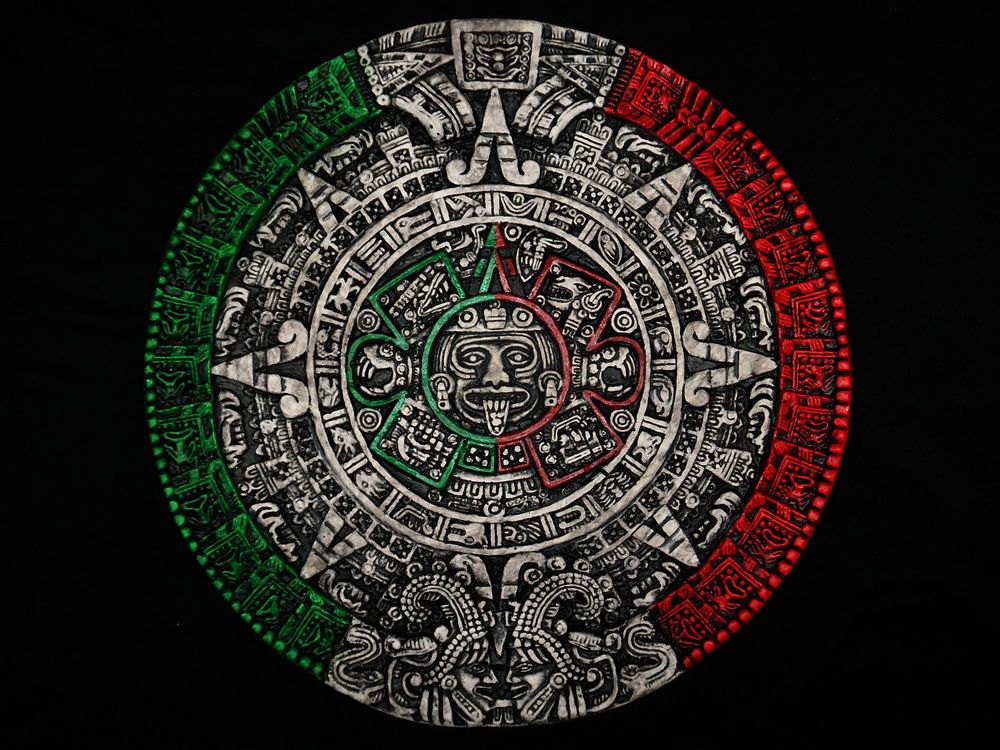El artículo ha sido verificado para garantizar la mayor precisión posible (el contenido incluye enlaces a sitios de medios acreditados, instituciones académicas de investigación y, ocasionalmente, estudios médicos). Todo el contenido de nuestro sitio web se ha revisado, sin embargo, si consideras que nuestro contenido es inexacto, desactualizado o dudoso, puedes contactarnos para realizar las correcciones necesarias.
5 minutos
Un nombre original, bonito y fuerte para tu niña que está por nacer puede ser Maya. Conoce su origen y significado en este artículo.
Revisado y aprobado por la pediatra Marcela Alejandra Caffulli.
Escrito por Yesibeth Rincón
Última actualización: 29 agosto, 2022
Si deseas un nombre bonito y elegante para tu hija, entonces Maya te enamorará. Esta forma de llamar a las niñas tiene la particularidad de ser muy original, además de tener fuerza y una armoniosa sonoridad. En este artículo te mostramos el origen y significado del nombre de Maya.
Maya tiene varios orígenes y se ha usado como nombre femenino en la mayoría de las culturas y se pronuncia My-ah. ¡Sigamos conociendo más de este nombre!
Maya tiene varios orígenes y, por tanto, distintos significados. Los más usados son el indio, el griego, el español y el hebreo. En el origen indio, en sánscrito, que es el idioma del hinduismo, su significado es ‘sueño’ o ‘ilusión’. También se considera un nombre alternativo para Laksmi, la diosa hindú de la belleza, la riqueza, el amor y la alegría.
En griego, Maya significa ‘buena madre’, ‘madrina’ o ‘nodriza’. Según la mitología, era la madre del dios Hermes, hijo de Zeus y la mayor de las siete hijas del titán Atlas.
El siguiente origen que tiene Maya es hebreo, cuyo significado es ‘agua’ y deriva de la palabra mayim, que significa lo mismo. Un segundo equivalente hebreo es ‘de Dios’ o ‘que viene de Dios’.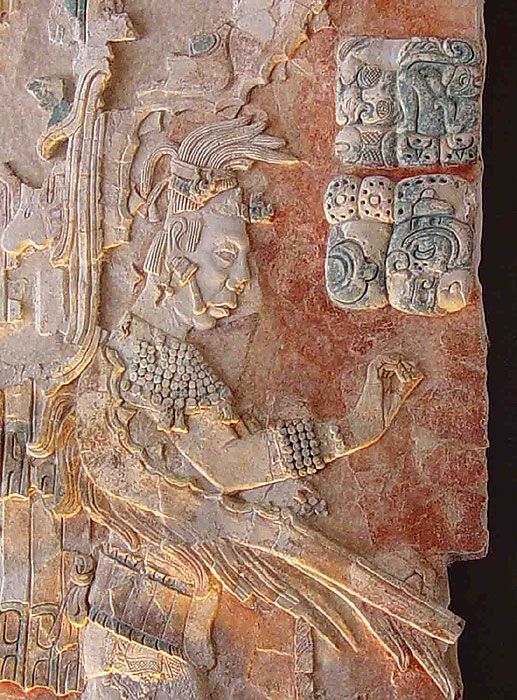
Los romanos también reclaman este nombre como suyo. En este caso, creen que Maya era la madre de la tierra y la diosa de la primavera. Además, su nombre es la inspiración para el mes de mayo.
Por su parte, en América Latina, el nombre de Maya se refiere a la cultura maya, que fue una civilización mesoamericana que se desarrolló en México, Guatemala, Belice, parte de Honduras y El Salvador.
Por último, en el País Vasco, Maya es la forma corta de Amalia, Amaia y Amaya.
La escritora, poeta y cantante estadounidense, Maya Angelou, fue fuente de inspiración para cientos de padres que optaron por este nombre para sus hijas.
Si hay un país donde el nombre de Maya ha sido muy sonado, ese es Estados Unidos, donde se encuentra en la lista de los 100 nombres más populares para niñas. Según datos de la Administración del Seguro Social, para 2020 ocupaba el puesto 61 entre las preferencias y en el 2021 se posicionó en el número 55.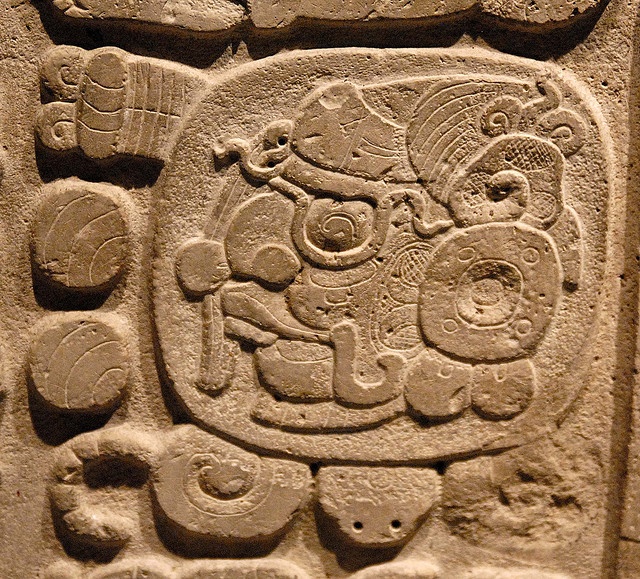
Sin embargo, este nombre no siempre estuvo en el gusto de los padres. De hecho, fue a principios de la década de 1980 cuando comenzó a experimentar un incremento en su popularidad. Luego, decayó, y volvió a subir en el ranking de nombres en 1990. El auge más alto lo alcanzó en el 2006.
El gusto por este nombre se atribuye a la escritora y poeta Maya Angelou, quien se llamó realmente Marguerite Johnson, pero que, ante la incapacidad de su hermano para pronunciar el nombre, decidió llamarse Maya.
Existen diferentes variaciones de Maya que tal vez quieras considerar al momento de escoger el nombre para tu bebé. Aquí te mostramos las más comunes:
Maya Hawke es una cantante, modelo y actriz estadounidense.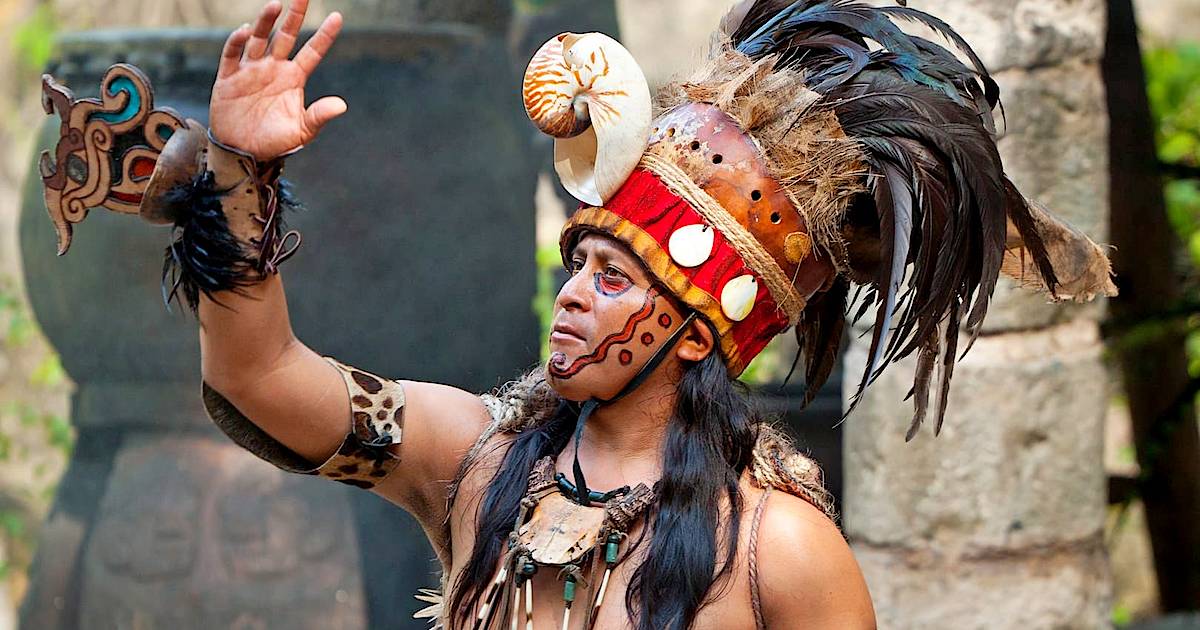 Es hija de los también reconocidos actores Uma Thurman y Ethan Hawke.
Es hija de los también reconocidos actores Uma Thurman y Ethan Hawke.
Mujeres famosas o reconocidas por su talento en las artes, el espectáculo, el deporte o la política, en su mayoría estadounidenses, llevan el nombre de Maya. ¡Veamos cuáles son!
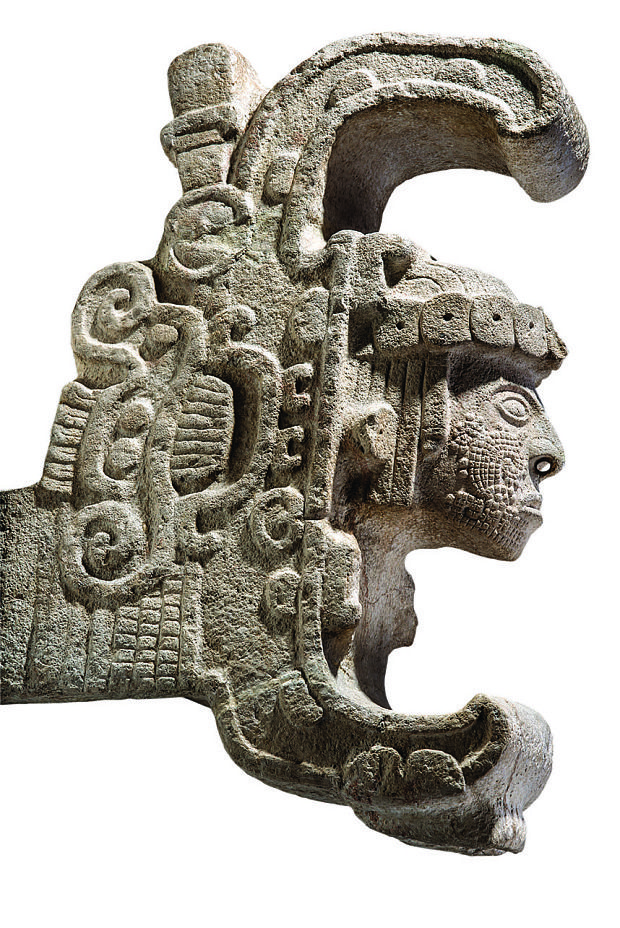
Si tomamos el origen hindú, Maya es ‘la niña de los sueños y las ilusiones’, una hermosa interpretación para quien traerá la felicidad a tu hogar.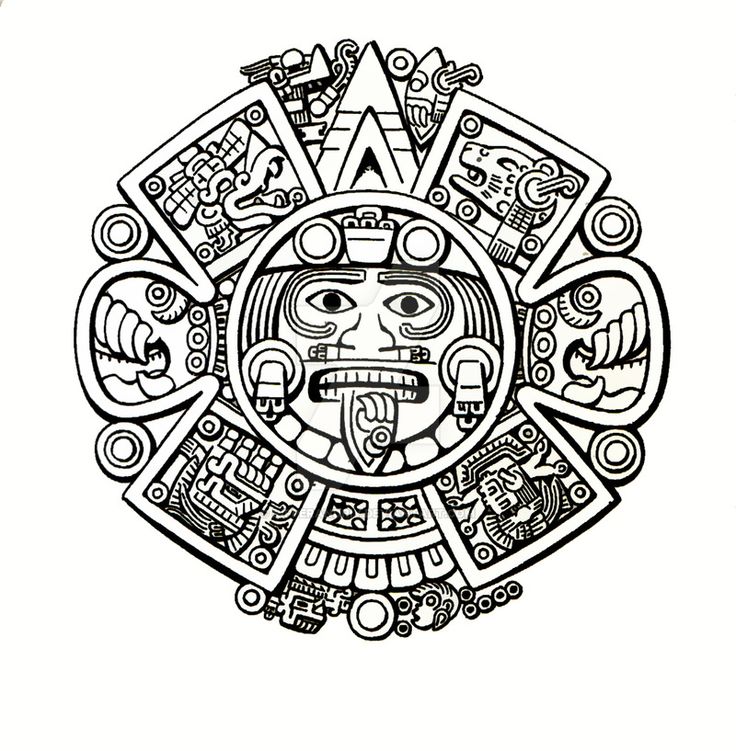 Ya que conoces su origen y significado, decídete por este bonito nombre para tu niña y ¡verás que a ella le encantará cuando crezca!
Ya que conoces su origen y significado, decídete por este bonito nombre para tu niña y ¡verás que a ella le encantará cuando crezca!
Te podría interesar…
Sin comentarios
Suscríbete a Bebés y más
Lola Rovati
@Lolarovati
A la hora de elegir el nombre del bebé, los padres pueden inspirarse en muchísimas cosas que tengan un significado especial. Desde personajes históricos, hasta celebridades, o incluso la astronomía, la naturaleza o nombres en otros idiomas.
También la cultura indígena es muy popular cuando se busca un nombre original y significativo, y la cultura maya tiene los nombres más bonitos. Las flores, las aves y la naturaleza son temas recurrentes en los nombres mayas para niña.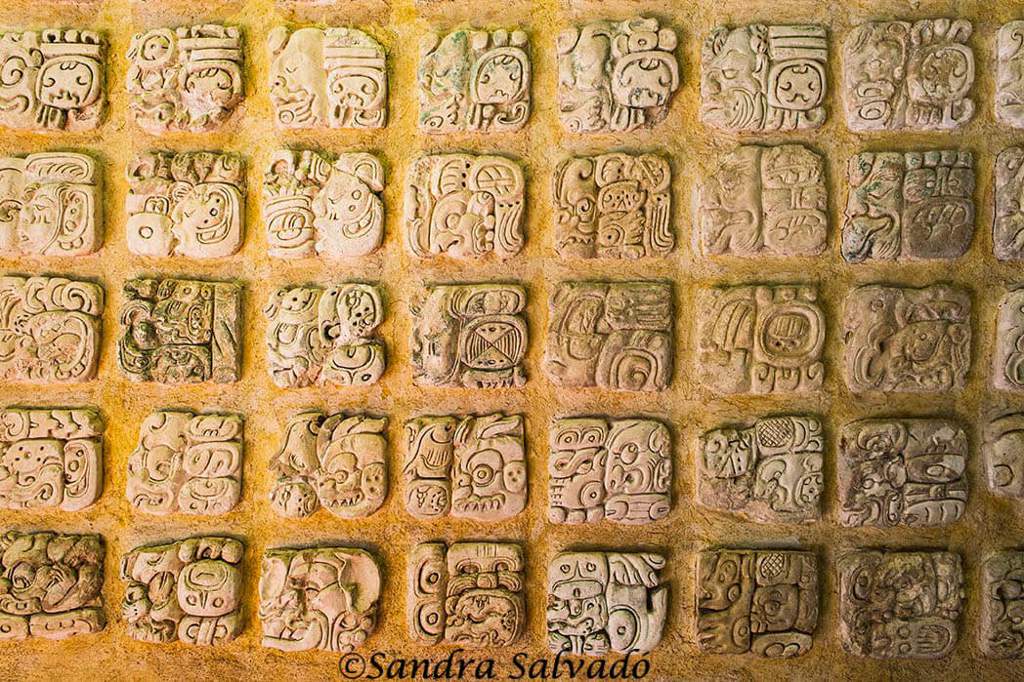
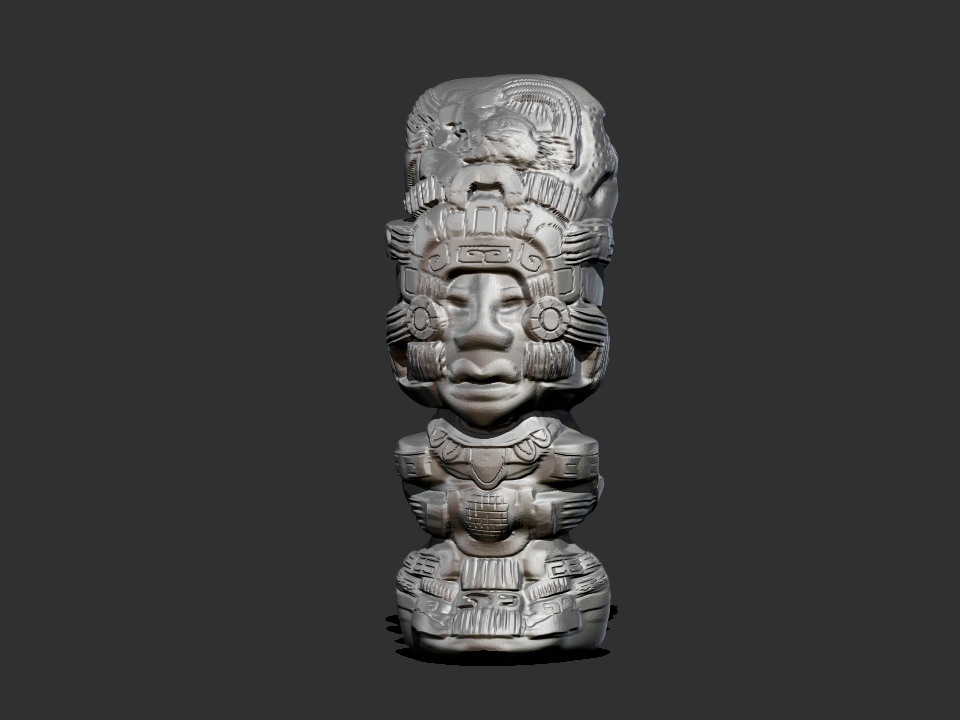
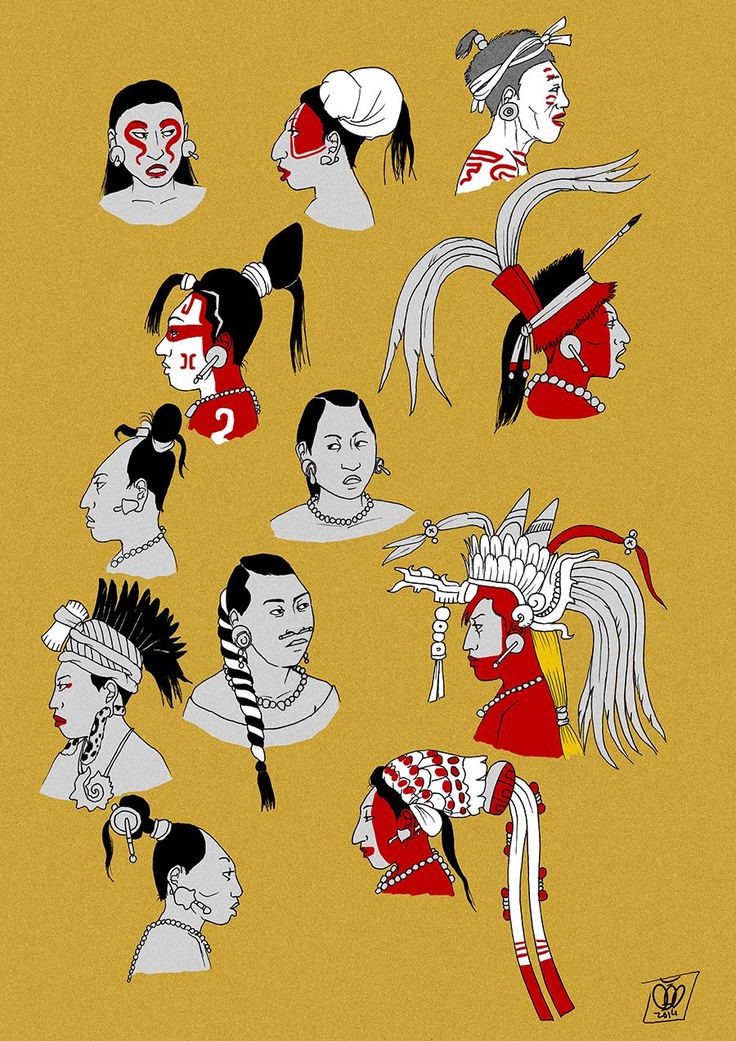
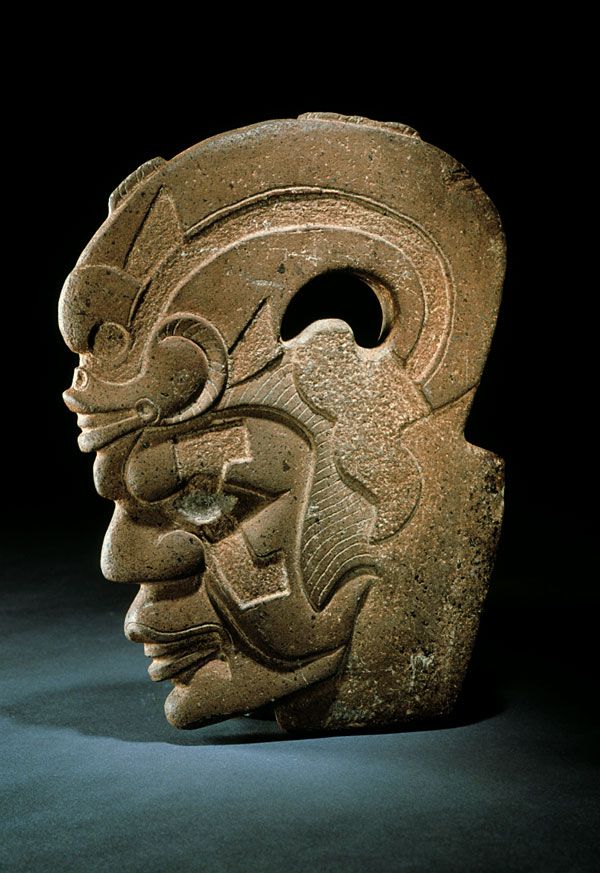
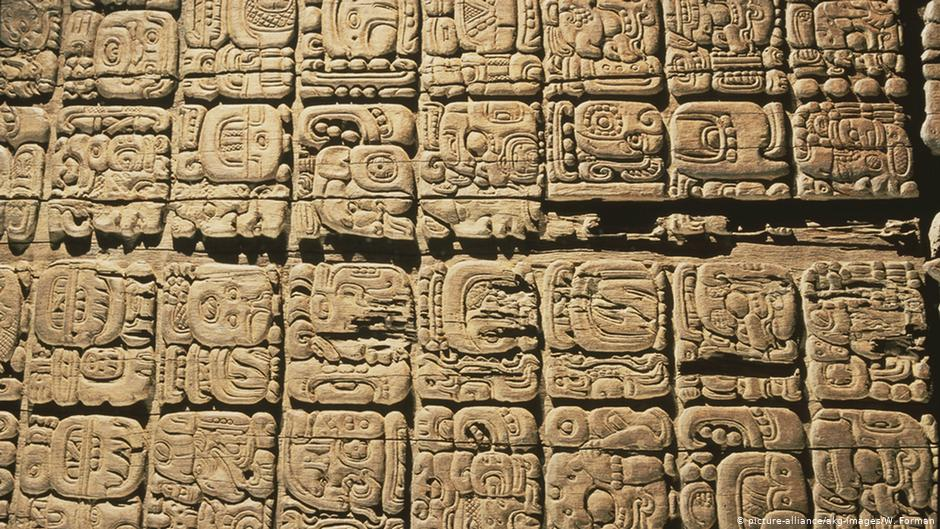
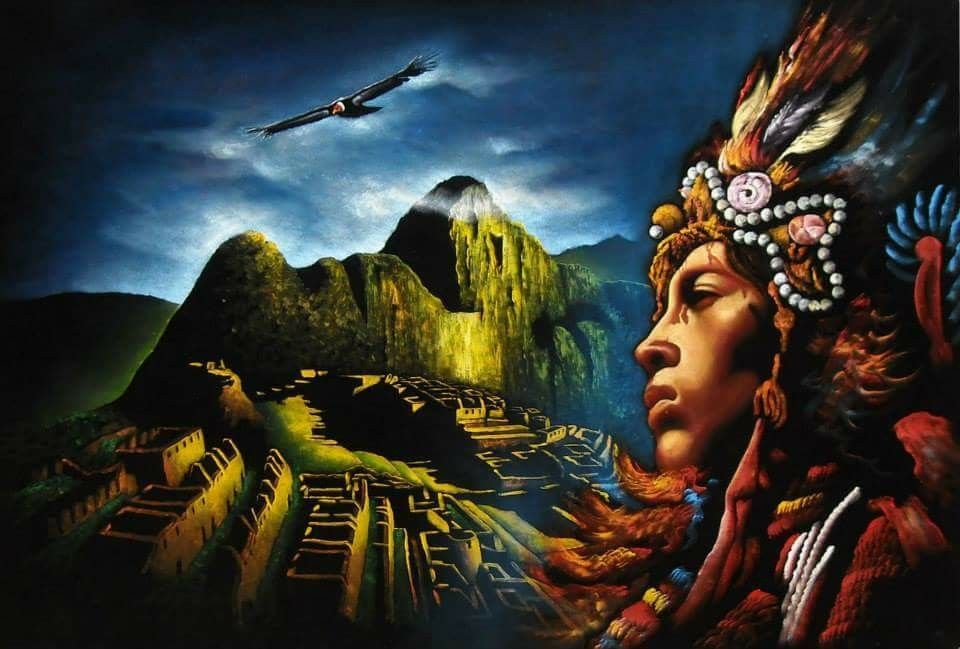
Temas
\
You have Javascript disabled.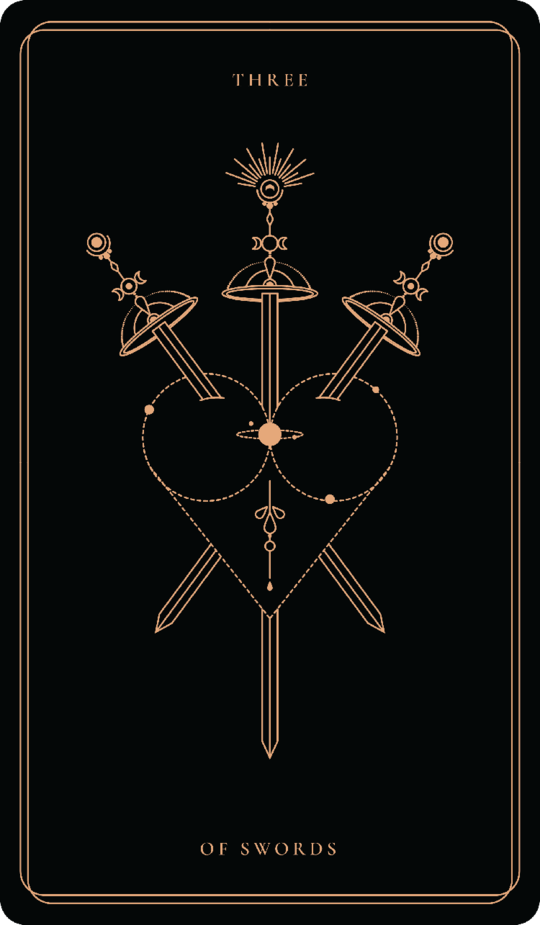 Please change your browser settings.
Please change your browser settings.
Conducts Southern American Materials
Materials
A brief guide for Greek philosophy
The necessary minimum knowledge about the philosophers of the Archaic era, classics and Hellenism
Brief textbook on the Russian avant -garde
The main achievements of the avant -garde thought of the 20th century in seven art forms
An elementary guide to the philosophy of the 20th century
9 German, French and Anglo-Saxon traditions in the philosophy of modern times
History of Japan in 20 points
The most significant dates and events for understanding Japanese history
A game familiar from childhood, but interactive and with Mayakovsky
Recognize the writer from a childhood photo
Physiognomic test
How to read and understand haiku
Translator about the poetry of three lines, its history, translations and why it is beautiful
Find chairs at home
Test your knowledge of architectural trends by furnishing houses with furniture
Memory with the Romanovs
Play a game and find 12 repeated portraits of the Romanovs
How do you understand the Japanese?
Test your understanding of Japanese facial expressions and gestures
Assemble the avant-garde from pieces
Put together five famous paintings of the Russian avant-garde correctly
How Napoleon created the nations of Europe
Historian – about the emergence of nationalism, the image of the enemy, Mamluks and Cossacks
All the isms of the 19th century
Painting trends from classicism to post-impressionism
Arrange fashionistas in chronological order, do you know how they dressed
men from the end of the 17th century to the beginning of the 20th century?
Architectural alphabet
Not always clear names of architectural details in pictures
“Alexander Nevsky”
Naum Kleiman talks about the main Soviet “defense film”
Why are dandies needed
What daffodils and dandies taught contemporaries and what they left for posterity
Who’s who in the epic world
Guide to epic characters
Igor Danilevsky
Emoji-Pasternak
Restore gaps in verses by dragging icons into them
Why history is falsified
The historian Ivan Kurill
explains how to organize a duel
What if you are a Russian nobleman and you insulted
Pasternak’s poetry: a guide for beginners
16 Poems for the first acquaintance with a poet
Who is a medieval person
Medievist Oleg Oleg Voskoboinikov on how a person in the Middle Ages differed from modern
What is the difference between Maya, Aztecs and Incas
Who knew the wheel, who chewed coca, who built Machu Picchu and whose leader is Montezuma
Chronicle of relations between culture and power in the era of stagnation
Events without which it is impossible to imagine the cultural picture of the world of the 20th century
Why the Book of Veles is a fake
10 reasons why it cannot be authentic
How to read Karl Marx
The artist Gutov talks about the philosopher Lifshitz, one of those who understood Marx correctly
9 myths about Lermontov
Knowledge that urgently needs to be forgotten
Pushkin’s spree with gypsies
Is it true that the great poet lived in a camp and fell in love with a gypsy woman
A very short history of architecture
Adventures of building structures
European theaters of the 16th-17th centuries
What you need to know about the theaters of Spain and Italy of the Renaissance
England
Shakespeare in dates
The spread of forks and other events that influenced the development of the English theater
Adam and Eve from the point of view of genetics
How linguists helped biologists find out from whom all of humanity came from
Are Russians Scythians?
The story of one myth from Catherine II to Alexander Blok
“Dog” or new Pushkin?
What did Emperor Nicholas I say when he learned about Lermontov’s death in a duel
Lermontov’s unknown obscene text
The first publication of an unpublished story with a commentary
Potemkin villages that did not exist
Did Potemkin II deceive by decorating Catherine’s villages?
Two centuries of disputes about the authenticity of The Tale of Igor’s Campaign
From Pushkin to Zaliznyak: a chronicle
5 misconceptions about matriarchy
Why there is no scientific basis for the idea that in the past women were more important than men
Who surrounded Rus’
List of neighbors of Russian lands in the 9004 3rd century Fake Russians in fake Crimea
Famous historical falsification in comments
Where is Delacroix?
Game: find young Eugene among the characters of the Raft of the Medusa
Why love Surikov?
Art historian Galina Elshevskaya explains
The main directions of the avant-garde
The minimum conversational limit for conversations about Russian art of the 20th century
Seven myths about Gorky
Lenin’s friend, Stalin’s victim, the defender of peasants, the father of socialist realism 9003 and other lies Rome”: the history of speculation
Why the idea of a special Russian path is not as ancient as it seems
Zabolotsky in 10 minutes
A selection from Alexander Arkhangelsky
Nine myths about Yesenin
A naive boy from the village, a drunken poet, a murder victim and other lies
What do we know about the Last Judgment
How to read annals
Four problems that a person who studies annals must solve
What does the building of the Moscow City Hall say about
St.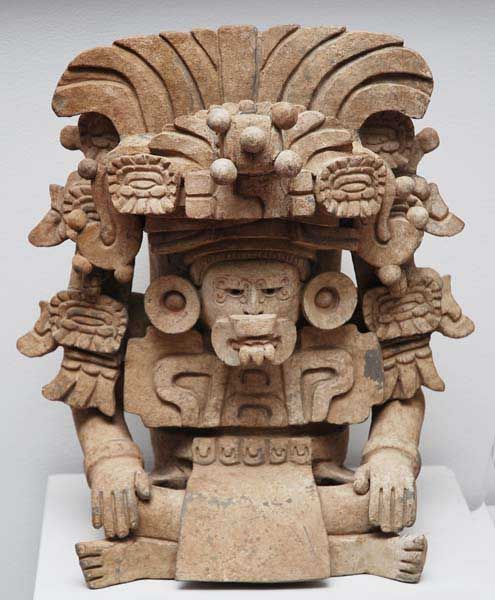 Petersburg art historian Vadim Bass “read” the most Moscow building
Petersburg art historian Vadim Bass “read” the most Moscow building
Vladimir the Red Sun — a coward and an alcoholic
How does the prince of Kyiv appear in epics
Who invented the ancient Slavic gods and why?
How Russian mythology was invented in the 18th century in a Western manner
Epics are not a peasant genre
Debunking a mass delusion
What is a “housing paranoid”
Who coined the term “Silver Age”
How did the familiar term come into use
How well do you know Soviet life?
Identify items from the collection of the Polytechnic Museum
Who are the Cumans?
What you need to know about the mysterious people
The founders of symbolism: The Best
A whole era in 10 poems
The Strugatsky Philosophy
tells literary critic Ilya Kukulin
All plots of Russian epics
,
as growing, they gain strength, the army is collected by the army. , marry, fight and die heroes of epics
Game: how to change a light bulb in a toilet
Can you negotiate with your neighbors in a communal apartment?
How to educate a postal pigeon
Instructions for a novice pigeoner
How to sell the serf
Instructions from the historian Igor Kurukin
How to protect yourself from the plague
Historian Olga Tom – about the precautions tested in the Middle Ages
how to write birch bark
Instructions from Ancient Rus’
Seven tests for knowledge of everything
Test your knowledge of history, literature, painting, cinema and music
23 myths that annoy scientists
Battle of the Neva, the noxious West, “Luka Mudischev” and Dantes in a bulletproof vest
Out of
the diversity of civilizations that existed in Latin America before the arrival of the Spaniards, everyone heard only about the Maya, Aztecs and Incas.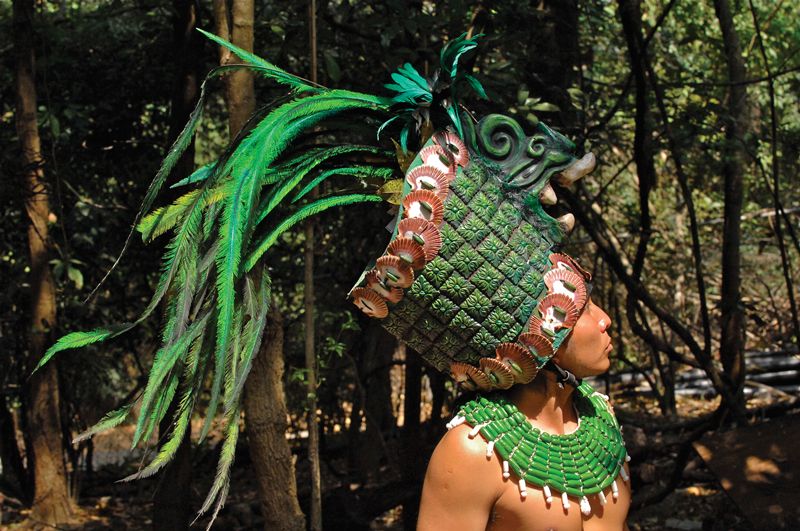 At the same time, few people know for sure which of them knew the wheel, who chewed coca, who built Machu Picchu and whose leader is Montezuma
At the same time, few people know for sure which of them knew the wheel, who chewed coca, who built Machu Picchu and whose leader is Montezuma
Prepared by Evgenia Korovina
Mayan
Aztecs
The Incas
Writing
The Maya had a verbal-syllabic script. The roots of words were written in signs for words (logograms) or syllabic signs. Suffixes were written only with syllabic signs. Three codices from the early colonial period have been preserved, as well as a large number of various inscriptions on ceramics and on monuments (mostly of the classical period).
The Aztecs, like the Maya, had a word-syllabic script, but it was used only to record personal names and place names. The Aztecs, unlike the Maya, drew a picture to indicate an action – their writing was not adapted to fixing verb forms.
Whether the Incas had a written language is not known for certain.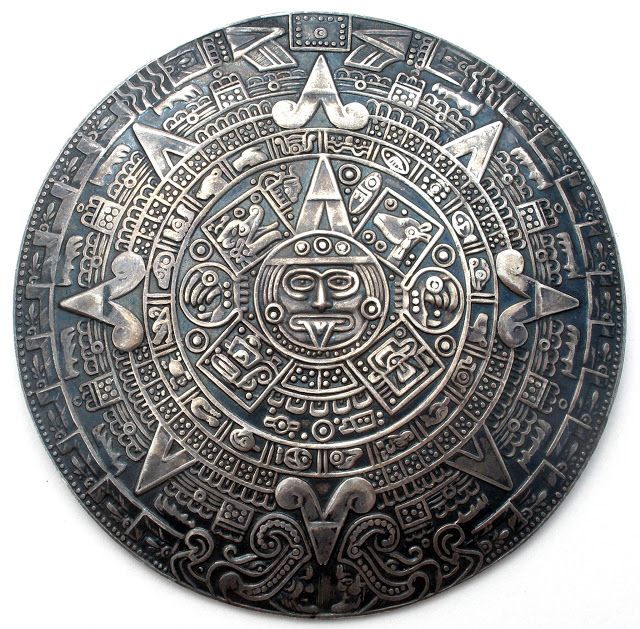 There is a legend about the Inca Pacachutec, who banned writing, because the country was engulfed by an epidemic, and the priests said that the country would be saved by the rejection of writing. In addition, there is evidence that the Spaniards tried to bring the last monument of Inca writing (several panels with drawings) to Europe, but the ship with these monuments sank. Whether these panels actually existed and whether they contained any text, we do not know. Most likely, this is a late legend. Quipu, which is sometimes called knot writing, is not strictly a letter.
There is a legend about the Inca Pacachutec, who banned writing, because the country was engulfed by an epidemic, and the priests said that the country would be saved by the rejection of writing. In addition, there is evidence that the Spaniards tried to bring the last monument of Inca writing (several panels with drawings) to Europe, but the ship with these monuments sank. Whether these panels actually existed and whether they contained any text, we do not know. Most likely, this is a late legend. Quipu, which is sometimes called knot writing, is not strictly a letter.
Montezuma
Montezuma is the emperor of the Aztecs, and he has nothing to do with the Maya.
Montezuma II – the last Aztec emperor, captured by Cortes and killed by the Indians in 1520 for calling to submit to the Spaniards.
Montezuma was an Aztec emperor, not an Inca emperor.
pyramids
Pyramids are generally a characteristic feature of Mesoamerican culture.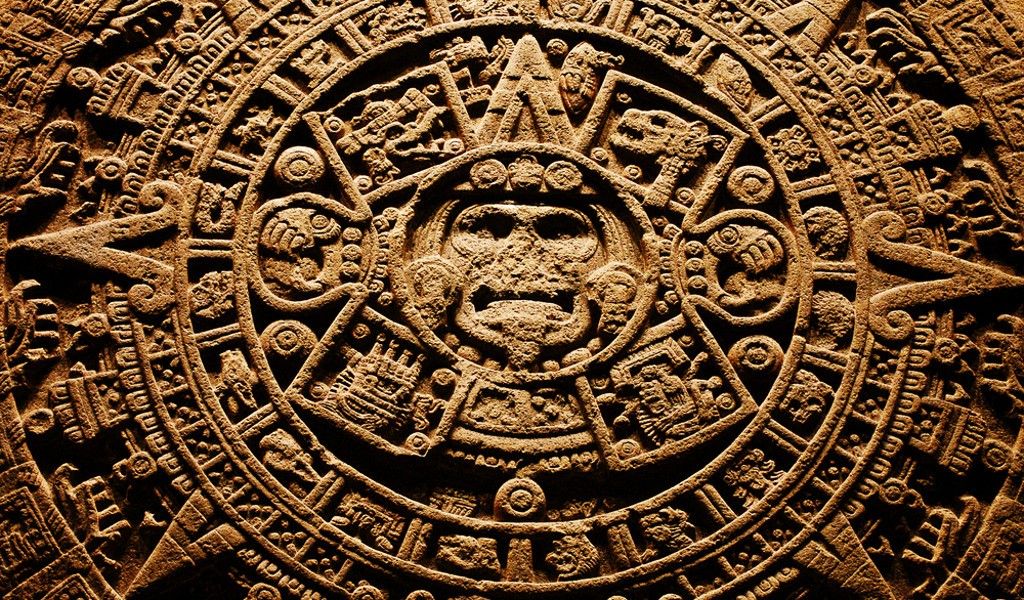 The Maya built many pyramids – for example, the pyramid of Kukulkan in the city of Chichen Itza (on the Yucatan Peninsula). The largest Mayan pyramid is La Danta, one of the three pyramidal complexes of the city of El Mirador. Its height is 72 meters.
The Maya built many pyramids – for example, the pyramid of Kukulkan in the city of Chichen Itza (on the Yucatan Peninsula). The largest Mayan pyramid is La Danta, one of the three pyramidal complexes of the city of El Mirador. Its height is 72 meters.
For example, in the center of Tenochtitlan (the Aztec capital destroyed by Cortes) there was a pyramid with two temples on top – Templo Mayor, or Huitzilopochtli’s pyramid. The complex was built around 1325.
The Incas did not build pyramids.
Dramaturgy
The Mayan play “Rabinal-Achi” has come down to us. It survives in a 19th-century manuscript, but the text is thought to date back to pre-Hispanic times. It is about how one ruler captured another, and then thought about what to do with him.
We know the pre-Columbian plays of the Maya and the Incas, but only poems have come down from the Aztecs. The greatest Aztec poet was called Nezahualcoitl, literally “fasting coyote” (1402-1472).
We know of several Inca plays, such as “Ollantay” (survived in 18th-century manuscripts, but believed to have been written before the arrival of the Spaniards).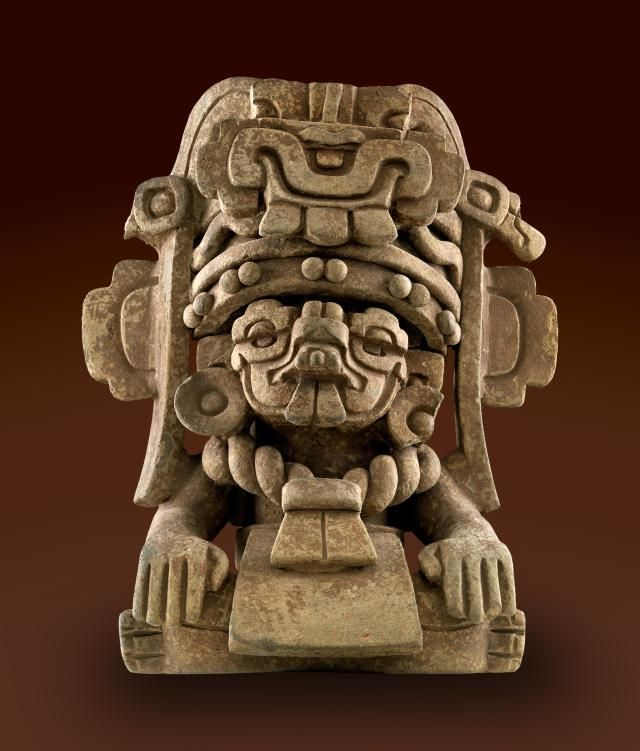 The play tells about a young man who fell in love with a girl, whom he was not supposed to fall in love with according to his status. As a result, the young man was exiled and the girl imprisoned.
The play tells about a young man who fell in love with a girl, whom he was not supposed to fall in love with according to his status. As a result, the young man was exiled and the girl imprisoned.
Machu Picchu
Machu Picchu is a city in the Andes.
Machu Picchu is a city in the Andes.
Machu Picchu is a city in the Andes, located at an altitude of 2450 meters above sea level. Machu Picchu functioned as a city for about a hundred years, in the 15th-16th centuries. After that, for more than 400 years, the city was in disrepair, until Hyrum Bingham, a researcher from Yale University, discovered it in 1911.
End of the world in December 2012
The Mayan calendar has 13 large calendar cycles (baktuns). It is impossible to understand exactly how this division relates to our reckoning, but according to the three most generally accepted options, the 13th baktun ended on December 21, 23 or 24. However, according to some versions, it is still ongoing.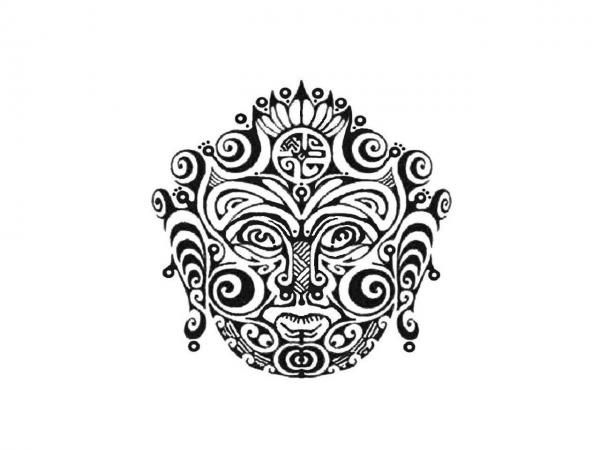
The Aztecs divided time into 52-year cycles – the next one ended in 2012.
In 2012, the Incas did not expect the end of the world.
llamas
Llamas are found only in the Andes.
Llamas are found only in the Andes.
There are llamas in the Andes.
Wheel
Archaeologists have found Mayan children’s toys with wheels, but no wheels were used in transportation. The Maya did not have beasts of burden.
The Aztecs did not know the wheel.
We can assume that the reason is the climate: during the rainy season, no wheels can pass in these regions. Another version is the absence of a bridle (apparently, the horse bridle was invented in Sumer in the 3rd millennium BC; later it was also used for camels and deer. Apparently, other peoples did not invent the bridle themselves).
War with Cortes
The Spaniards appeared in the Yucatan in 1517, and in 1528 its conquest began under the leadership of Francisco de Montejo.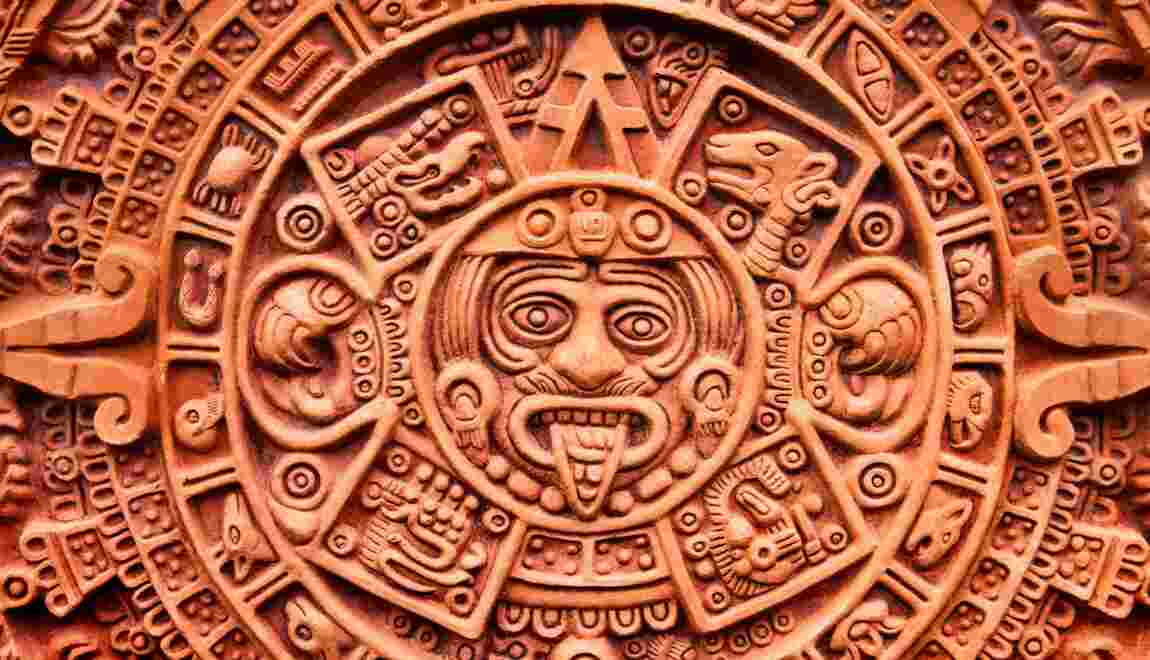 The last fortress, Thayasal, fell in 1697.
The last fortress, Thayasal, fell in 1697.
Tenochtitlan, the capital of the Aztecs, fell in 1521, just two years after the appearance of Cortes in Mexico, thanks to a successful alliance with other Indian tribes who rebelled against Aztec rule.
The Incas conquered Pizarro. This happened in 1535, about 10 years after the first meeting. Pizarro, like Cortes with the Aztecs, took advantage of local disagreements – the two sons of the penultimate Inca Huayna Capac, Huascar and Atahualpa, after the death of their father fought among themselves for the throne.
Cocoa as a currency
Cocoa beans are very convenient to count: in each cocoa bean, the beans are arranged in rows of exactly five pieces, in total there can be from six to ten rows.
Cocoa grains are very convenient to count – in each cocoa bean, the grains are arranged in rows of exactly five pieces, in total there can be from six to ten rows.
The Incas used various goods for exchange, they apparently did not have any specific equivalent of money.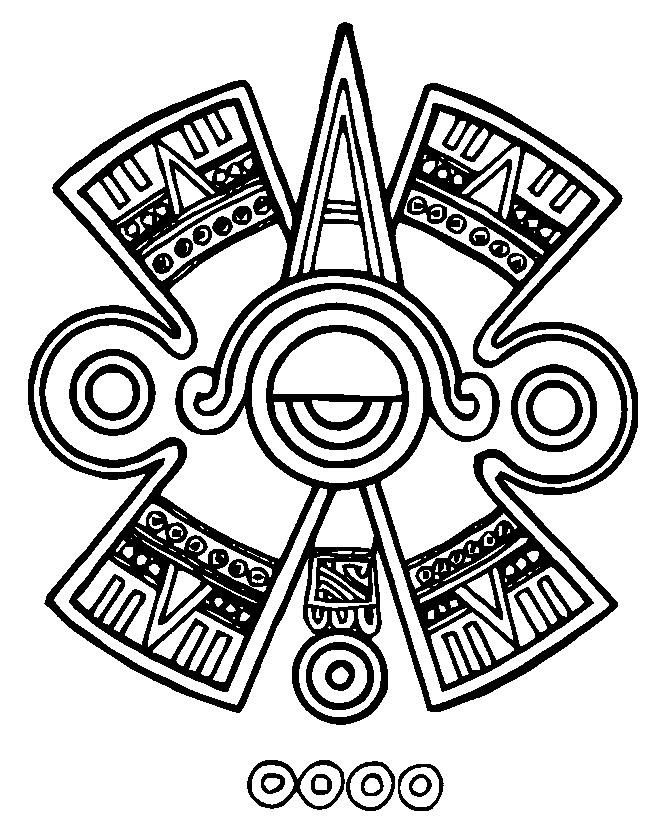
Shipping
Maya sailed on the coast: for example, on the island of Cozumel, located next to the Yucatan.
The Aztecs sailed on the great lake Texcoco, in the middle of which stood their capital Tenochtitlan. Currently, Texcoco is almost completely drained: many areas of modern Mexico City are where there used to be water. The remaining part of the lake is highly saline.
The Spanish traveler Pedro Sarmiento de Gamboa recorded a legend about how in the 15th century, during the reign of Tupac Yupanqui, the Incas undertook a long voyage on balsa rafts to the islands of Auachumbi and Ninachumbi and brought gold and slaves from there. Where these islands were located is unclear, Sarmiento de Gamboa himself identified them with the Solomon Islands he discovered; others believe that the Incas discovered Easter Island (but, unlike the Solomon Islands, there is no gold on Easter Island). The authenticity of this legend is not confirmed by anything.
coca leaves
The Maya may have consumed hallucinogenic mushrooms.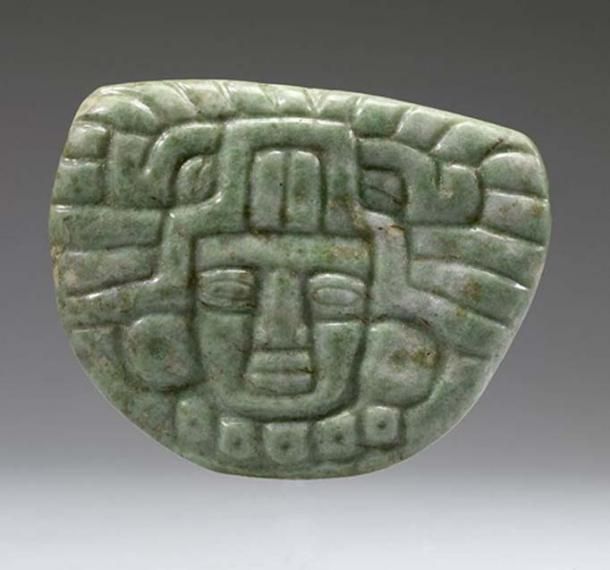
The Incas (like the Mayans and Aztecs) drank alcohol, but the Europeans taught them how to distill it. So before the advent of Europeans, it was not very strong.
The Incas chewed coca leaves – this gave them strength to move high in the mountains.
Single centralized state
None of the Mayan city-states, by the time of the arrival of Europeans, had reached a level that allowed them to capture all the other city-states – although some Mayan city-states at different periods of their history ruled neighboring cities.
The Aztecs had a Triple Alliance – a state so named because it arose from the union of Tenochtitlan, Texcoco and Tlatelolco. By the beginning of the colonial period, the Triple Alliance extended its authority over most of Central and Southern Mexico.
Cuzco was the capital of the Incas. By the time the Europeans arrived, the Incas ruled almost all the Andes, but their power did not extend east to the Amazon, although they made separate attempts to subdue it.
Transferring information with fire
The Maya were transmitting information with messengers.
The Aztecs, like the Maya, transmitted information with messengers.
Everyone had mail, but the Incas had the most developed one: it worked as a system of messengers who changed at certain intervals. If it was necessary to urgently convey some information, they did it with the help of fires that were lit on mountain peaks – this was not the case with the Mayans and Aztecs who lived in flatter territories.
Metallurgy
A number of copper objects dating from the beginning of the 2nd millennium AD were found in Lamanai and other cities, but they appeared there as a result of trade.
In the territories belonging to the Aztecs, individual copper objects were found, but they appeared there as a result of trade. In addition, the neighbors of the Aztecs, the Tarascans, shortly before the arrival of Europeans (about 1450) learned to smelt copper.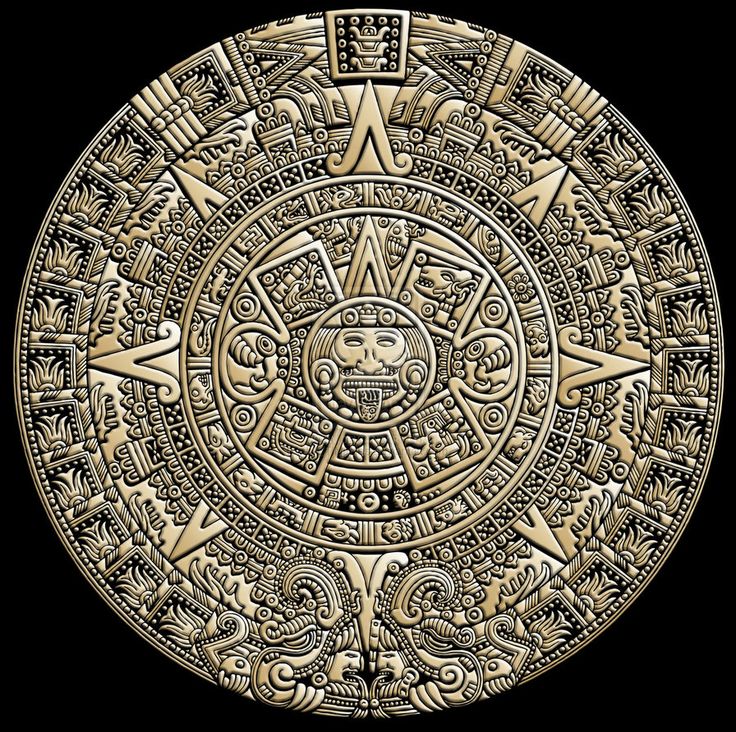
In the Andean region, the first metal products appeared in the 3rd millennium BC – it was copper, gold, and later bronze metallurgy.
Tobacco
It is believed that Indian varieties of tobacco are stronger than European ones. At the same time, Indians do not develop tobacco dependence: modern descendants of the Maya can smoke almost non-stop for several days during the ritual, and then not smoke at all for several years.
It is believed that Indian varieties of tobacco are stronger than European ones. At the same time, Indians do not develop tobacco dependence: modern descendants of the Maya can smoke almost non-stop for several days during the ritual, and then not smoke at all for several years.
The Incas chewed coca leaves, which gave them strength to move in the mountains.
moon rabbit
The Maya often depicted the moon goddess Ix-Chel with a rabbit on her knees.
One of the Aztec myths tells that the moon used to shine as brightly as the sun, until one of the gods threw a rabbit at it. Therefore, the moon god Metzli was often depicted as a vessel with a rabbit.
Therefore, the moon god Metzli was often depicted as a vessel with a rabbit.
The Inca goddess of the moon was called Kuniraya. The spots on the moon appeared when Kuniraya hugged her lover, the Fox, to her.
Potato
The main food of the Mayans and Aztecs was corn, beans and chili.
Like the Maya, the main food of the Aztecs was corn, beans and chili.
The predecessors of the Incas domesticated potatoes 7000 years ago. The Incas themselves developed hundreds of its varieties, most of which are still known only to their descendants.
Tags
America
Radio Arzamas Do you have a dollar for a divorce?
Hairy men, a growing moon, carp scales, and in general everything that can attract money – in the second edition of the folklore podcast “Pah-pah-pah!”
Do you want to know everything?
Subscribe to our newsletter, you’ll love it. We promise to write rarely and in the case of
courses
All courses
Special projects
9000 from under the ground and slept immortality
Reads by Yuri Berezkin
How African stories came to South America that the first people came out of the ground and slept through immortality
13 minutes
2/8
How similar myths about the origin of cultivated plants appeared in Indonesia and Peru
Reading Yuri Berezkin
How similar myths about the origin of cultures appeared in Indonesia plants
13 minutes
3/8
Why is it that neither in Africa nor in Europe they talk about women who cannot give birth, about people who cannot eat, and about cheating with crocodiles and bears
Reading Yuri Berezkin
Why neither in Africa nor in Europe do they talk about women who cannot give birth, about people who cannot eat, and about cheating with crocodiles and bears
15 minutes
4/8
Why women in South America, Melanesia and Australia cannot watch men summon monsters
Read by Yuri Berezkin
Why women in South America, Melanesia and Australia cannot watch men summon monsters
15 minutes
5/8
What are the South and North America Indians
Reads Yuri Berezkin
What are the South and North America Indians
14 minutes
6/8
 looking for a groom
looking for a groom
Why there are no happy endings in South American epics
Reading by Yuri Berezkin
Why there are no happy endings in South American epics
13 minutes
7/8
Who are the first ancestors and where their world
,
is read by Yuri Berezkin
Who are the first ancestors and where their world
1
8/8
as Chinese as Chinese as Chinese as Chinese migrants brought to Peru a story about children fleeing a cannibal and turning into the sun and moon
Reading by Yuri Berezkin
How Chinese migrants brought to Peru a story about children fleeing a cannibal and turning into the sun and moon
Materials
Yuri Berezkin: “My main goal is the reconstruction of the past”
What the Indians believe
Historian Dmitry Belyaev — about the mythology of South and Central America before Columbus
10 signs that you are the ancestor 9003 are you the ancestor of people
The path of mankind
How people got from Africa to Tierra del Fuego
Cartoon about the myths of the Indians
Myths of the Indians of Latin America in the retelling for children
What is the difference between Maya, Aztecs and Incas
Who knew the wheel, who chewed coca, who built Machu Picchu and whose leader is Montezuma
Untranslatable Indian words
Concepts for which there are separate words only in the languages of pre-Columbian civilizations
Mayan music
What sound meant to Mesoamericans and how their musical instruments sounded
Lev Klein: “The future is decided by humanitarian knowledge”
Adam and Eve from the point of view of genetics
How linguists helped biologists find out where all mankind came from
Becoming immortal: advice from experienced people
Myths of the peoples of the world about animals that conquered death love and war
What did the heroes of myths sleep through
Immortality, rice, a wine cellar – what else did mythological heroes lose because of sleep?
Incas through the eyes of a Spanish official
Chronist Juan Polo de Ooundhardo-i-Sarat about the strange customs of Indians
Spanish missionary on the beliefs of the Inca
Fragments of the “Report on the Tales and Ritors of the Inca” by Christobal de Molina
Garden of the body
Six myths about membership and crops from different parts of the world
Forbidden Tales of the Russian Empire
“The Treasured Tale” about a toothy bosom and a pike head from Afanasyev’s collection
Knot letter
Who wrote what and how on the bale
South American myths about women
How to be a good wife and what to do with a bad wife according to the Tzeltal and other experts who knew the languages of the New World
Trickster in the USSR
Why in Soviet and post-Soviet culture tricksters are more important than serious national heroes
What can happen to a trickster
Plots from different peoples of the world, more than others reminiscent of modern jokes
Mesoamerican cocoa
How to prepare a drink that can calm the heart, drive one crazy and cure tuberculosis
What are burial towers
Why did the Aymara bury noble people in towers
Is plot important in myth
Anthropologist Bronislav Malinovsky came to the conclusion that there is no0004
Mochika comics
What ritual vessels created by a culture that did not have a written language tell about
Where people ate each other
The 1893 map shows where, according to Europeans, cannibalism of different peoples was widespread
Why are the myths
similar
Sergei Neklyudov on how scientists explain the similarities between folklore texts
Everything you wanted to know about the toothy womb
How Freud’s followers interpreted the myths about vagina dentata
About the Aleutian demons
The story of St.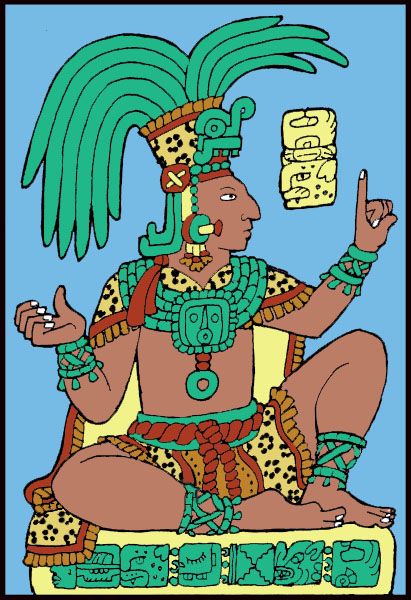 Innocent of Alaska about how devils come to Unalaska Island
Innocent of Alaska about how devils come to Unalaska Island
Maya-quiche about the birth of the world !”
The myth of the origin of black and red colors
5 misconceptions about matriarchy
Why there is no scientific basis for the idea that women were more important than men in the past
Parrots, tobacco, testicles and other horrors
A terrible myth of the Nivakle people living in Paraguay and Argentina
Six facts about the Sioux
Who are the bison people and why they fell in love with the NTV channel
9000 3 How different cultures divide Water Delay, Killer Departure Month, Little Plenty, and other months of the eight calendars
How much do you know about Indians
Quiz: test your knowledge of the life and ideas of the natives of Central and South America
If the course seemed to you few
,
Where to learn more about the early history of man, about the life of Indians and the myths of the peoples of the world
On the design of the Complex Political Committee
ARZAMASMASGUSSUMASTIVERS ARZAMAS
OF LIKS.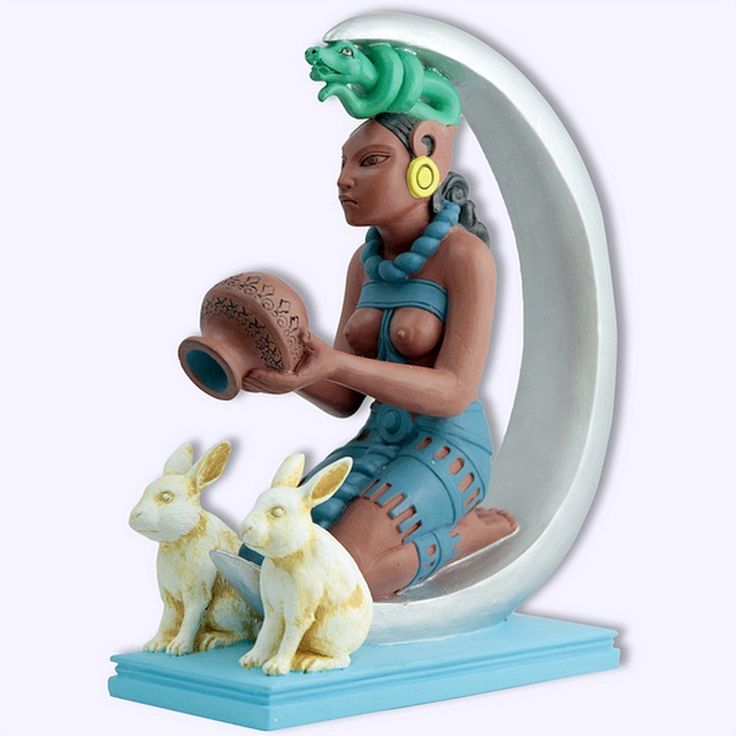 and answers of experts: new knowledge every day
and answers of experts: new knowledge every day
© Arzamas 2022. All rights reserved
What can I do to avoid losing my subscription after Visa and Mastercard leave Russia? Instructions here
Sign up for our ‘Context’ newsletter to help you understand what’s going on.
Image copyright Getty
We may soon finally find out why the Maya left their amazing white stone cities about a thousand years ago, the reviewer hopes
BBC Earth .
In 1517, the Spanish conquistadors went to Central America, intending to conquer the local Maya civilization. However, when they got there, the colonialists found that much of this work had already been done for them.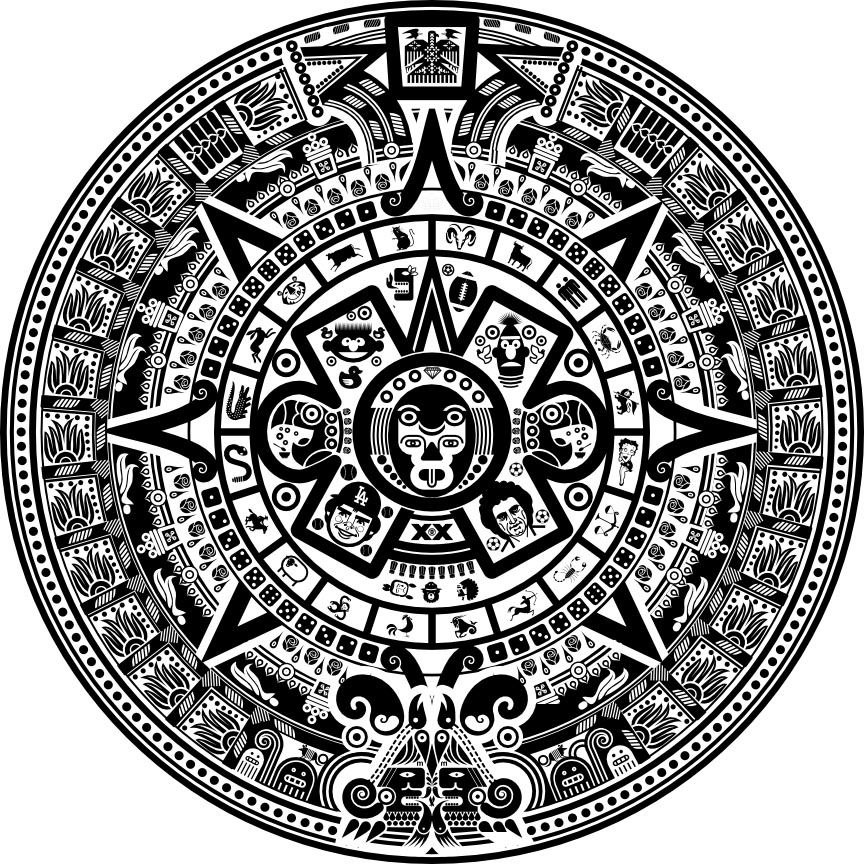
Tall limestone structures – a classic urban landscape of one of the most highly developed societies of the ancient world – were already losing ground under the onslaught of the jungle.
The question of how the Mayan civilization met its end remains one of the most curious mysteries of world history.
The Maya survived and even managed to resist European domination for a long time.
But by the time the Spaniards landed on the shore, the political and economic power of the nation that erected the famous pyramids and numbered at one time two million people had dried up.
The first Mayan settlements appeared in the first millennium BC, and this civilization reached its peak around 600 AD (in the chronology of development
In Mesoamerica, the Mayan culture occupies an intermediate position between the earlier Olmec and later Aztec civilizations).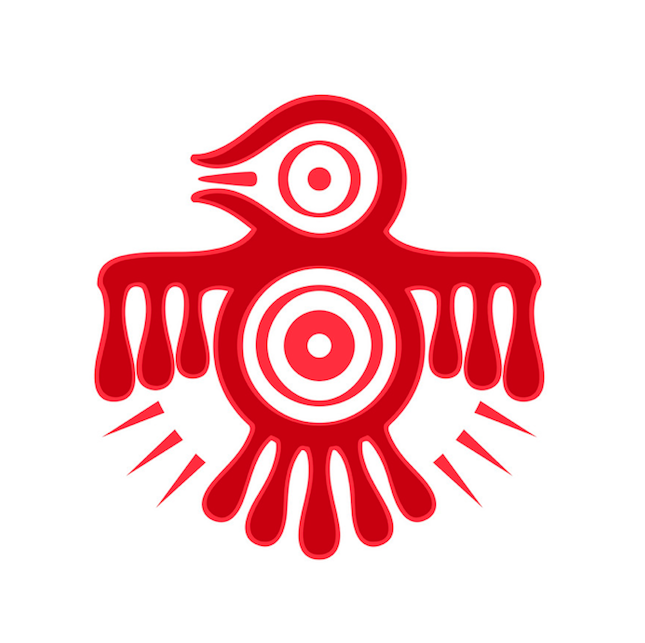
Archaeologists have discovered thousands of ancient Mayan cities in the Yucatan Peninsula in southern Mexico, as well as Belize and Guatemala.
Image copyright, Thinkstock
Image caption,
In less than two hundred years there is no trace of the Mayan civilization’s former glory.
Thanks to serious archaeological research that has been going on for about two hundred years, we know enough about the Maya to appreciate their impressive achievements.
Their special style in art and architecture testifies to the great skill of this people.
In addition, the Maya stood at a fairly high level of intellectual development. They were well versed in mathematics and astronomy and applied this knowledge in the construction of their pyramids and temples, correlating them with the precession of the planets and solar eclipses.
In addition, the Maya used the only written language known in the history of Mesoamerica – a set of strange squiggles called Maya hieroglyphs.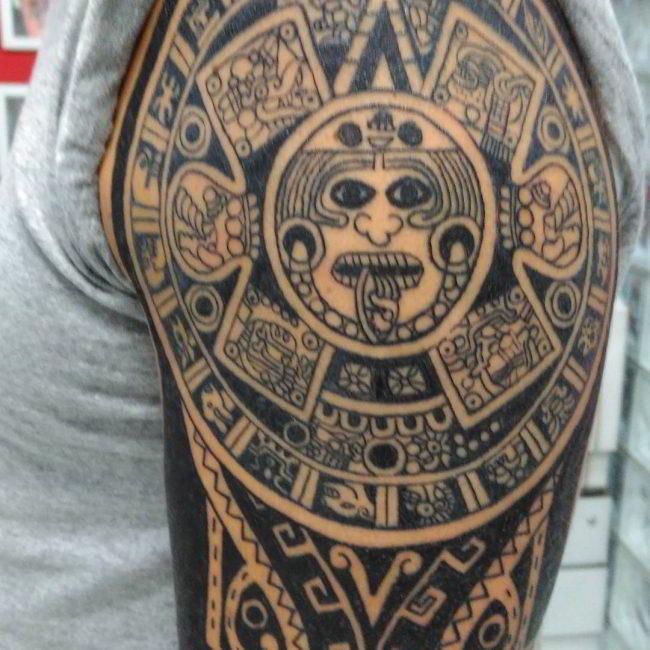
The amazing heritage of the Maya shrouds the history of this nation with a veil of mystery. But the mystery of the collapse of this civilization is no less curious.
Let’s start with what we already know. Around 850 AD, after several centuries of prosperity and domination, the Maya began to leave their magnificent cities – one by one.
In less than two hundred years, not a trace of the former glory of this civilization remains. Later, there were separate bursts of revival, but the golden age of the Maya was gone forever.
In addition to the colossal scale of the decline, it is interesting that after several decades of scrupulous research, archaeologists have not come to a consensus about its cause.
Image copyright, Thinkstock
Image caption,
The Maya were well versed in mathematics and astronomy and applied this knowledge to the construction of their pyramids and temples.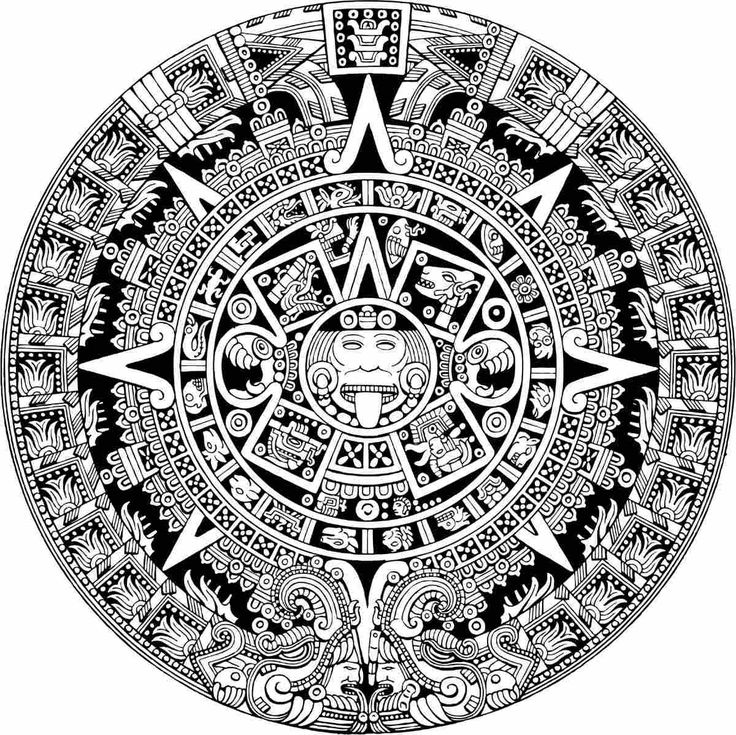 However, the nature of what happened leads some scientists to the idea that the Mayan civilization was the victim of a large-scale catastrophe that could sweep away city after city in its path.
However, the nature of what happened leads some scientists to the idea that the Mayan civilization was the victim of a large-scale catastrophe that could sweep away city after city in its path.
There are many theories to explain the collapse of the Mayan civilization. Among the most common versions are the invasion, civil war, the destruction of trade routes.
However, since the first meteorological studies of ancient Central America were collected in the early 1990s, the theory that the Mayan civilization was doomed to death due to significant climate change has gained particular popularity.
During the several centuries immediately preceding the collapse of the Maya – this period from 250 to 800 AD is called the classical period – the ancient civilization flourished.
The cities prospered, the land gave a good harvest. Meteorological data (mainly obtained from the analysis of cave formations) show that at that time relatively abundant rains fell in the areas inhabited by the Maya Indians.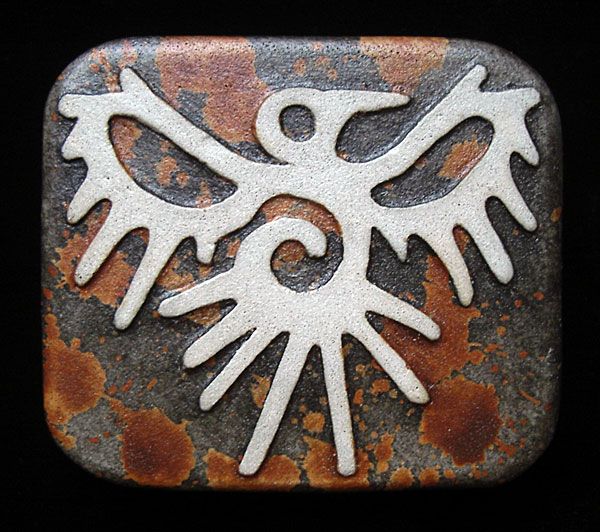
But according to the same data, starting from about 820 AD for 95 years, these areas were periodically affected by severe drought, sometimes lasting up to several decades.
Ever since this long drought became known, scientists have begun to notice a surprisingly clear correlation between the timing of its onset and the decline of civilization: most Classical Mayan cities were deserted between 850 and 9AD 25, which coincides fairly closely with the Dry Age.
Image copyright, Thinkstock
Image caption,
Archaeologists have not agreed on what caused the decline of the Mayan civilization
Although a simple correlation is not enough to unambiguously confirm this theory, such a coincidence has led many experts to the idea that climate change in the 9th century could somehow provoke the death of an ancient civilization.
However elegant this explanation may be, one fact prevents it from being unconditionally accepted: although most of the Mayan cities were deserted with the onset of the drought, some still managed to survive.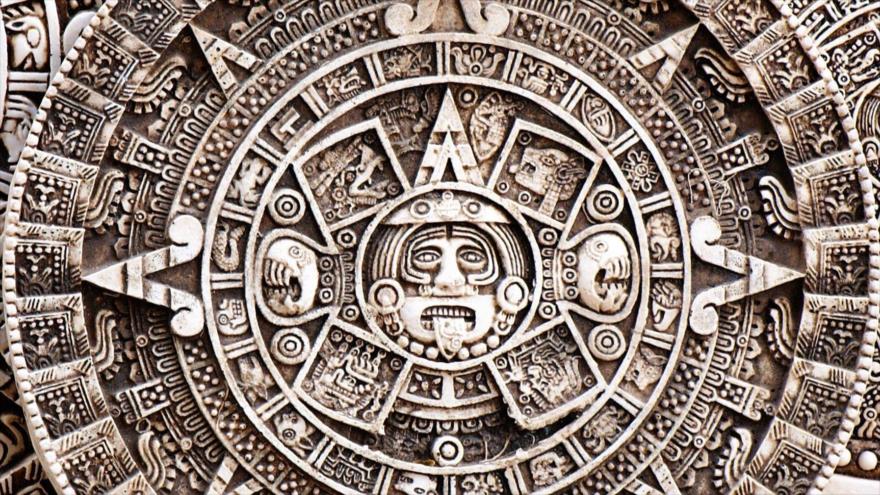
The cities that were deserted in the dry 9th century were located mainly in the south of the territory occupied by the Maya – where Belize and Guatemala are now located.
However, further north, in the Yucatan Peninsula, the Mayan civilization not only survived the drought, but also began to flourish again after it ended.
While the Mayan civilization began to fade in the south, relative prosperity was observed in the north, the number of prosperous cities grew, among which was one of the greatest – Chichen Itza (one of the “new wonders of the world”).
This revival of the Mayan culture in the north contradicts the theory of the death of this civilization due to drought: according to opponents of this idea, if climate change forever crippled the power of the south, why did it not affect the north?
Scholars have put forward many explanations for this striking contrast between north and south, but none of the theories has been found to be reliable.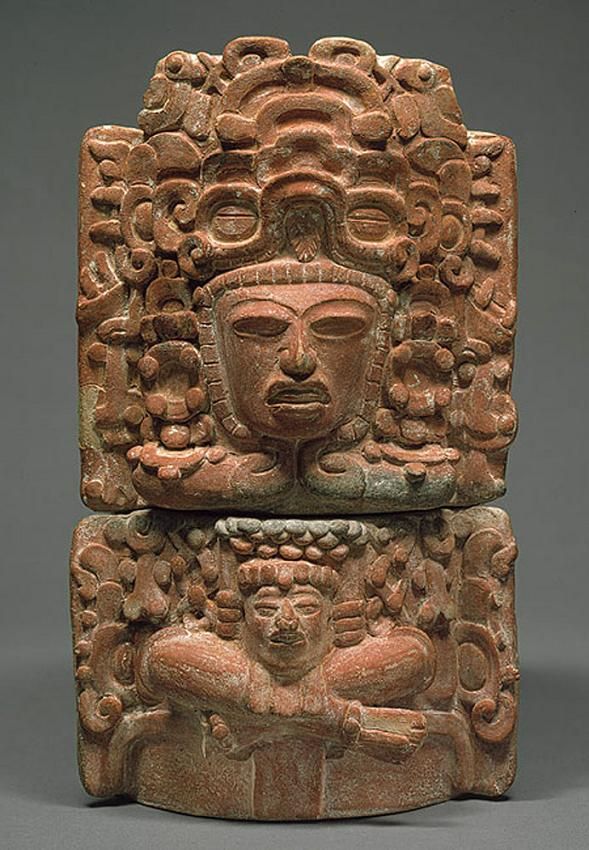
However, a new discovery has recently been made that sheds light on this age-old puzzle.
The determination of dates is a serious difficulty for archaeologists studying Maya culture.
Almost no written monuments of this civilization, which once numbered in the thousands, have survived to this day – most of them died during the era of colonization, when, by order of the Catholic priests, the Spaniards burned Mayan books indiscriminately, and now, as far as we know, there are only a few of them left four.
Image copyright Thinkstock
Image caption,
Chichen Itza was one of the greatest cities of the Maya
Therefore, scientists determine the time of prosperity of the ancient Mayan cities solely by calendar notes on stone monuments, by the style of decorative ceramics and by the results of radiocarbon analysis of organic materials.
The approximate age of the main urban centers in the north of the Mayan territory has already been determined in the course of previous studies; at the same time it was established that the northerners were able to survive the drought that hit these areas in the 9th century.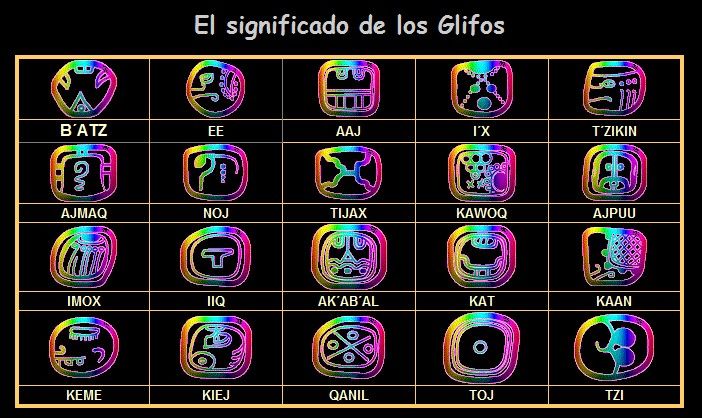
However, until recently, all these data have never been summarized in one study.
Skip the Podcast and continue reading.
Podcast
What was that?
We quickly, simply and clearly explain what happened, why it’s important and what’s next.
episodes
The End of History Podcast
This generalization is important because it allows the northern Mayan regions to be considered as a whole and helps scientists to identify common trends in their rise and fall.
In a study published in December, US and British archaeologists for the first time compared all estimates of the age of urban centers in the northern Maya lands: about two hundred dates for settlements located throughout the Yucatán Peninsula, half of which were derived from study of calendar marks carved in stone, and half by radiocarbon analysis.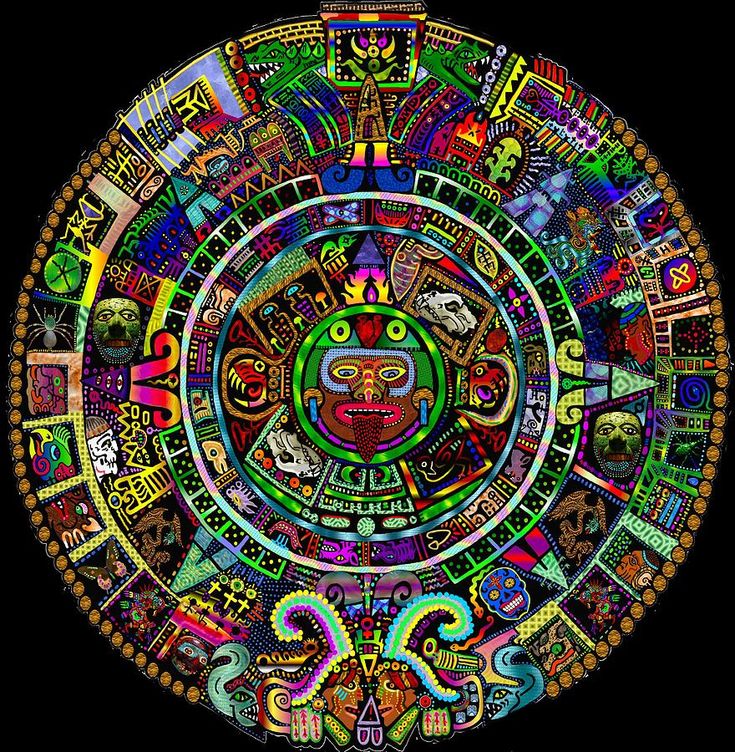
The researchers then deduced general information about the times when the Mayan cities were actively developing and when each of them fell into decay.
The results of this analysis significantly change our understanding of when and perhaps even how the Mayan civilization met its end.
Contrary to earlier belief, during the drought in the north, too, there was a decline – in fact, this happened twice.
Photo copyright, Getty
Photo caption,
The Mayan city of Chichen Itza is called one of the wonders of the world
In the second half of the 9th century, the number of calendar records carved in stone decreased by 70%.
Similar evidence of decline is found in radiocarbon dating of material collected from the northern Maya areas, indicating that timber construction also declined during this period.
It is important to note that it was during this period that the lack of rain is believed to have destroyed the Mayan civilization in the south – apparently, the northerners also had a hard time surviving the drought.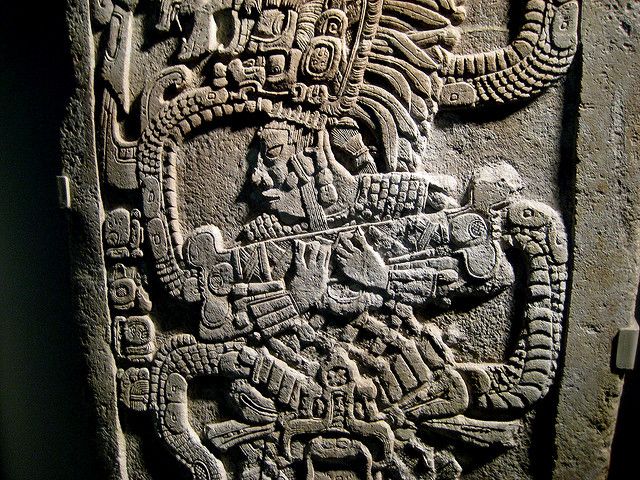
According to scientists, this decline in creative activity indicates that political and social collapse was brewing in the north.
Of course, the north in the 9th century was not as hard as the south, but, judging by this new information, it suffered great damage.
This period of decline in the north has previously gone unnoticed, largely due to the lack of a clear evidence base: a decline in construction activity, however large, is not easily detected without such a comprehensive study throughout the region.
The ninth-century decline of the north marks an intriguing new twist in Maya history that, however, does not change its essence: after all, we already knew that the northern the regions managed to survive the dry 9th century – Chichen Itza and other centers successfully developed in the 10th century.
But the information about the second period of decline, identified by a group of scientists, is already changing our understanding of the history of the Maya.
After a brief resurgence of civilization in the 10th century (which, interestingly, coincided with an increase in rainfall), scientists note another decline in construction in a number of areas of the northern Maya territory: between 1000 and 1075 AD, construction from stone and other materials declined almost half.
Image copyright Thinkstock
Image caption,
Archaeological findings show that the decline of the Maya in the 11th century occurred against the background of a severe drought.
Moreover, scientists have found that, as in the previous crisis two hundred years earlier, the decline of the Maya in the 11th century occurred against the backdrop of a severe drought.
And not just strong. In the ninth century, the drought was undoubtedly severe. But the 11th century brought the worst drought in two thousand years – the “mega-drought”.
After a brief revival in the north, there was a new decline in construction – again against the backdrop of a severe drought.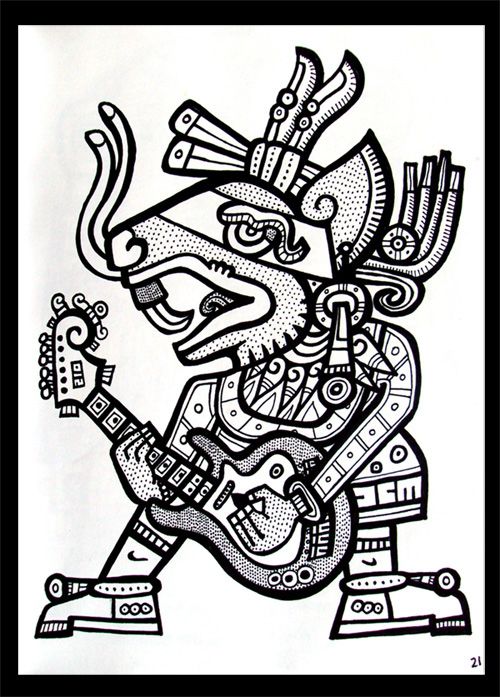
Meteorological data show that during most of the century, between 1020 and 1100, precipitation decreased dramatically.
This period surprisingly closely coincides with the dates of the decline of the northern Maya settlements, established by archaeologists.
One coincidence by itself means little. But when the second coincidence occurs, even skeptics begin to wonder about causation.
“Megazasukha” of the 11th century and earlier was blamed for the death of the northern Mayan culture, but the dating methods used then gave ambiguous results and did not allow us to determine exactly whether these events really happened simultaneously.
A comprehensive analysis published in December gives us much greater confidence in the fact that climate change coincided with not just one but two dramatic declines in the Mayan civilization.
If the first wave of droughts destroyed the Mayan settlements in the south, the second, apparently, brought death to their northern territories.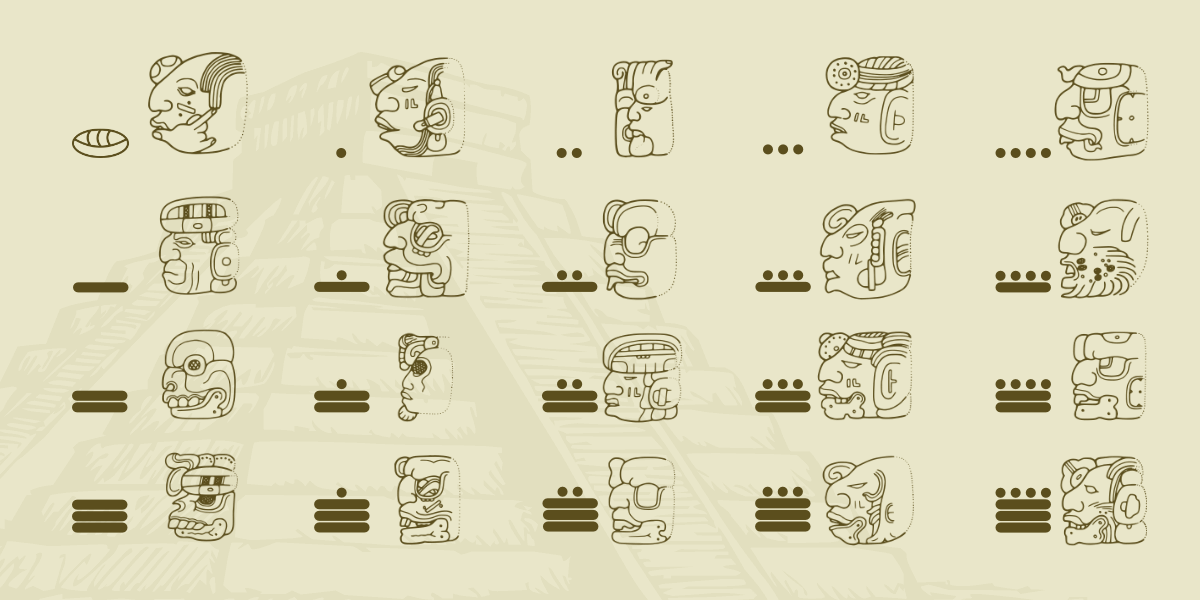
After this second wave of droughts, the Maya civilization was not destined to recover.
Image copyright Thinkstock
Image caption
Mayan cities are still astounding in scale
Chichen Itza and other major urban centers to the north never regained their former strength.
There are several small but noteworthy settlements that escaped this fate – such as the northern city of Mayapan, which flourished in the 13th-15th centuries – but neither in scope nor in pretentiousness could they compare with the classical Mayan cities.
It can be said that in the 11th century this ancient civilization breathed its last.
Given these results, it seems even more likely that climate change played an important role in the death of the Mayan civilization. But how?
Most of the archaeological evidence of decline is associated with agriculture.
As in all major civilizations, the economic potential of the Maya was highly dependent on the crop – in addition, the labor force needed food.
The simplest explanation for the decline of the Maya is that, under the influence of drought, the harvest decreased every year, and this may have led to a gradual decrease in Maya political influence and complete social disintegration.
But even the supporters of this hypothesis admit that not everything was so unambiguous.
“We know that even before the 9th century drought, wars and social and political instability in the Maya occupied territory increased,” says Julie Hoggart, an associate at Baylor University in Waco, Texas, and one of the leaders of climate research. , the results of which were published in December.
Conflict between cities is also a good way to destroy civilization; it is quite possible that the Maya simply killed each other in civil strife.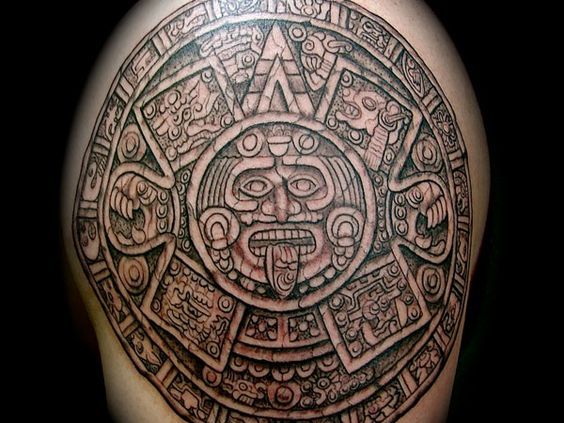
But in this case, the question of drought and coincident dates still remains open. So perhaps we are simply dealing with the simultaneous influence of two factors.
During the dry decades, food supplies declined, which probably led to an intensification of the struggle for resources, which ultimately could reach its climax and lead to the irreversible split of the ancient Maya civilization.
However, there is at least one other explanation that has nothing to do with wars.
Perhaps it was not discord that doomed the Maya, but their own talents, because the Maya were not only great artisans, but also true sculptors of nature.
To feed their millions of people, the Maya constructed gigantic canal systems hundreds of kilometers long to drain and uplift barren marshy soils and turn them into new arable land (some archaeologists call them “floating gardens”).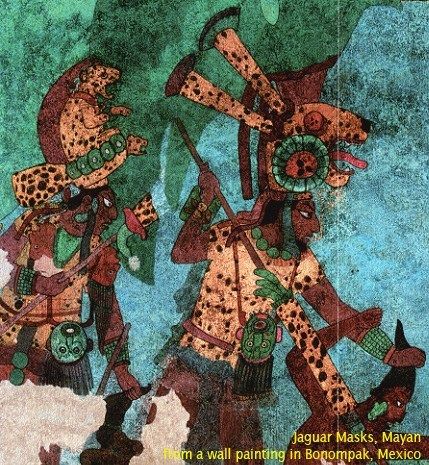
In addition, the Maya cut down vast tracts of forest to make room for farmland and the construction of new cities.
Some scientists believe that such an active impact on the nature of the Maya themselves could have a hand in their death, somehow exacerbating the effects of natural climate change.
Photo author, Thinkstock
Photo caption,
Or maybe the Maya simply destroyed each other in civil strife
production during the drought turned out to be even greater.
Another indirect consequence of Maya agricultural advances may have been simply an overgrowth of population, which made the people more susceptible to prolonged periods of food shortages and lessened their survivability in drought conditions.
Whatever the reason – or reasons – for the decline of the Maya, we still know something about the fate of people who survived the collapse of civilization and saw its consequences.
Beginning around 1050 AD, the Maya began to travel. They left the hinterland where their ancestors had flourished and flocked to the Caribbean coast or other sources of water, such as rare lakes and sinkholes that gleamed in the dense green of former Mayan territory.
Perhaps the exodus of the Maya Indians was caused by famine.
Image copyright, Thinkstock
Photo caption,
Droughts forced the Maya to move towards the ocean
If crops really declined after the 9th and 11th century droughts, it might indeed have been wiser to move closer to the water in order to be able to use the seafood or cultivate the less arid coastal lands.
One way or another, they were clearly striving for life-giving moisture.
However, this has always been the case. One of the duties of the Mayan rulers was to communicate with the gods in order to get rain and a good harvest from them.
In various places where the Maya lived, archaeologists have recovered human bones from the bottom of lakes and karst funnels, which were considered the gates to the underworld – grim proof that the Maya resorted to sacrifices to appease their gods.